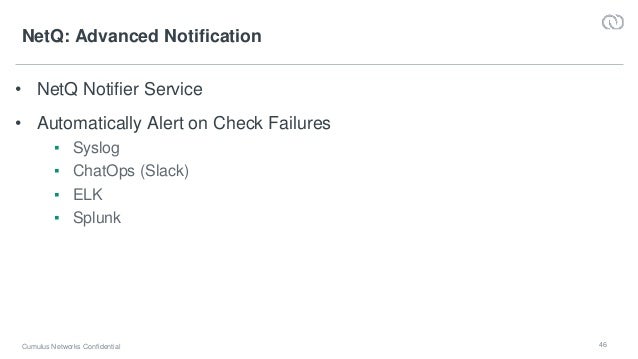

- #Setting up practice network kit how to
- #Setting up practice network kit software
- #Setting up practice network kit professional
Software engineers may form a CoP to help members cross-train on low code development platforms when the company adopts that technology as a future strategic direction. Another CoP could be formed to improve the organization’s ability to measure flow by building systems to capture and report flow metrics.

#Setting up practice network kit how to
A CoP on DevOps could attract participants from almost any role in an organization.Ī CoP with Product Owners and Business Owners could focus on how to write better features optimized for improving the flow of value through the ART. The membership of these CoPs can be far more diverse.

As CoPs start to gain acceptance and participation, topic-based communities like those shown in Figure 3 often emerge.įigure 3. Role-based Communities of Practiceįor example, Scrum Masters/Team Coaches from different Agile teams may form a CoP to exchange practices and experiences in building highly productive Agile teams. Figure 2 provides an example of role-based CoPs, one of the most common types of communities.įigure 2. Such domain-focused interactions are often supported by CoPs-informal networks designed specifically for efficient knowledge-sharing and exploration across teams, trains, and the entire organization. That drives craftsmanship and continuous learning (see the Continuous Learning Culture competency article), facilitating the adoption of new methods and techniques. This is critical for leveraging the multiple experiences and different types of practical knowledge available from various people. However, software engineers need to talk with other software engineers data scientists need to talk with other data scientists Product Owners need to communicate with their peers from other Agile Teams, and so on. Similarly, Lean thinking emphasizes organizing people cross-functionally with different skills around a value stream. Lean-Agile principles and practices promote cross-functional teams and programs that facilitate value delivery in the enterprise. Communities of Practice have three distinct traits Community – A self-selected group of individuals who care enough about the topic to participate in regular interactionsįigure 1.Practice – A shared body of knowledge, experiences, and techniques.DetailsĪccording to Wenger, CoPs must have three distinct traits to be considered a community of practice, as shown in Figure 1. The result is that organizations benefit from rapid problem-solving, improved quality, cooperation across multiple domains, and increased retention of top talent. It allows more meaningful contributions to the larger goals of the Enterprise. This open membership offers access to a wide range of expertise to help with technical challenges and fuel continuous improvement. ĬoPs enable SAFe participants to exchange knowledge and skills with people across the entire organization. Combined with voluntary participation, CoPs provide knowledge workers with opportunities to experience autonomy, mastery, and purpose beyond their daily tasks on an Agile Release Train (ART).
#Setting up practice network kit professional
Healthy CoPs have a culture built on professional networking, personal relationships, shared knowledge, and common skills. (Definition courtesy of Etienne Wenger from his book Communities of Practice: Learning, Meaning, and Identity, ) They regularly collaborate to share information, improve their skills, and actively work on advancing their knowledge of the domain. Maxwell, Leadership Gold Communities of PracticeĬommunities of Practice (CoPs) are organized groups of people with a common interest in a specific technical or business domain.

But the wisest person of all learns from others’ successes. A wiser one learns from others’ mistakes. It’s said that a wise person learns from his mistakes.


 0 kommentar(er)
0 kommentar(er)
